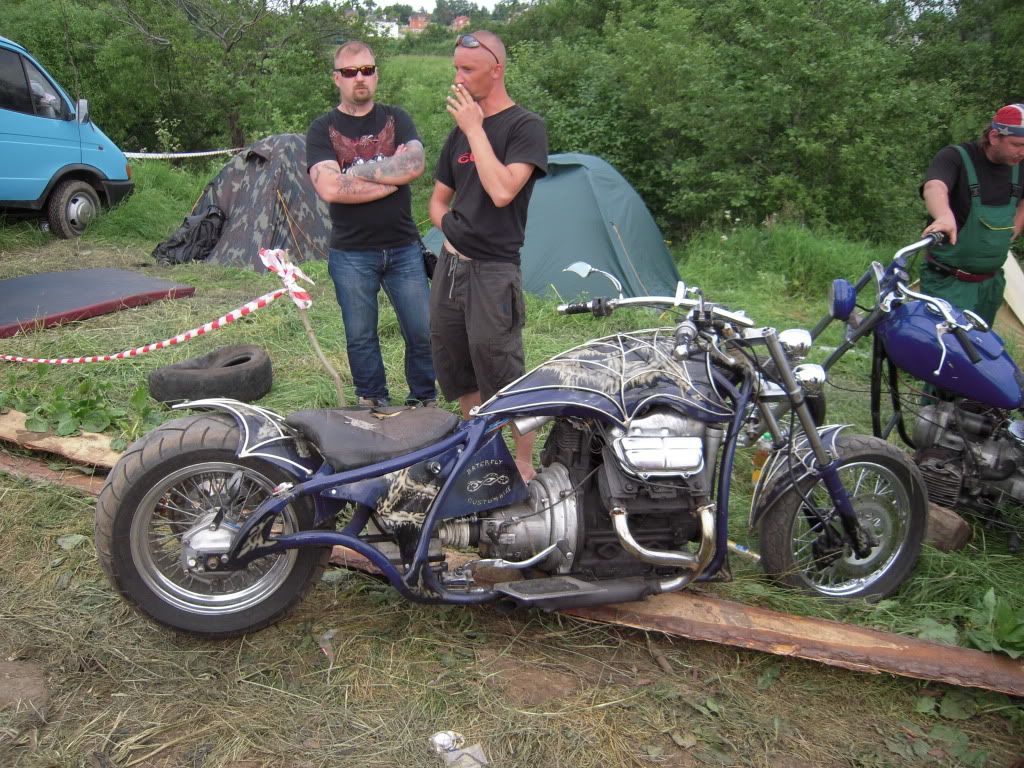Oh, that's easy enough, and there is very little of knowledge involved, on my side at least. This much you know: In addition to the intake/exhaust valves, there is a second intake valve in the cylinder head - the fuel intake valve, that connects either the fuel pump (as in the case of your engine) or the fuel dosator (as on most of the smaller Hvids) with the spraycup. The dosator is akin to a needle carb - it regulates the exact amount of fuel sucked into the chamber with a nozzle and a tapered needle on a lever that is moved in or out of said nozzle, thereby varying the effective nozzle cross-sectional area and thus the flow. The difference is, air is not being sucked into the spraycup, of course - but that is not needed, since there is also the four-stroke-standard intake valve outside the spraycup, in the head. See this http://www.eldensengines.com/homebrewhv ... whvid.html great page for details. Also fun readingespe wrote:Hey, Blunt.
Well I wasnt really suggesting that the needle or vaporizer should vibrate at such speeds, but it doesn't seem a bad idea. No I meant to create a fine mist in say some sort of enclosure bij means of an ultrasonic vaporizer. Next suck the mist in with the intake air. These vaporators can be found in for example those small table top decorative mini ponds or fountains in wich they create a mist.
To get back to you on the Brons motor: It maybe didn't have a low pressure dosing pump in the first few examples. But the one we own (2 cilinder) certainly has! Maybe that is because it was a ship's engine. I am curious though, since you seem to know a lot about this engine, how did they regulate the amount of diesel being sucked up by the intake stroke?
The vaporizer idea is interesting. I found one on ebay with data: 60 watts, 360 ccm/h with water (less with diesel?), produced particle size 0.1 to 30 micron(mycrometer). OK, so one would have to size the vaporizer accordingly to HP, and this would mean around 40 watts per HP - not really that great a loss at 1/15, and bigger vaporizers might process even more liquid for less power. Also, pre-heating our fuel with exhaust heat should help reduce surface tension.
But look how fine the water mist is! If one managed to get diesel mist as fine as 1 micron with that, it would be 9 times finer than what commonrail injection manages, and could be easily spark ignited(if that is even needed at all!) at petrol compression ratios, with much less ignition delay. And if 0.1 micron were doable with a vaporizer for diesel fuel, oh boy! Now, with a CR of around 12:1 it should certainly ignite by itself, and still allow RPM way higher than diesel standard with diesel-like efficiency - as seen on the diesel Norton. Add a throttle, or better yet, variable CR/charge cooling/water injection to delay ignition at lower RPM - and off it goes...

